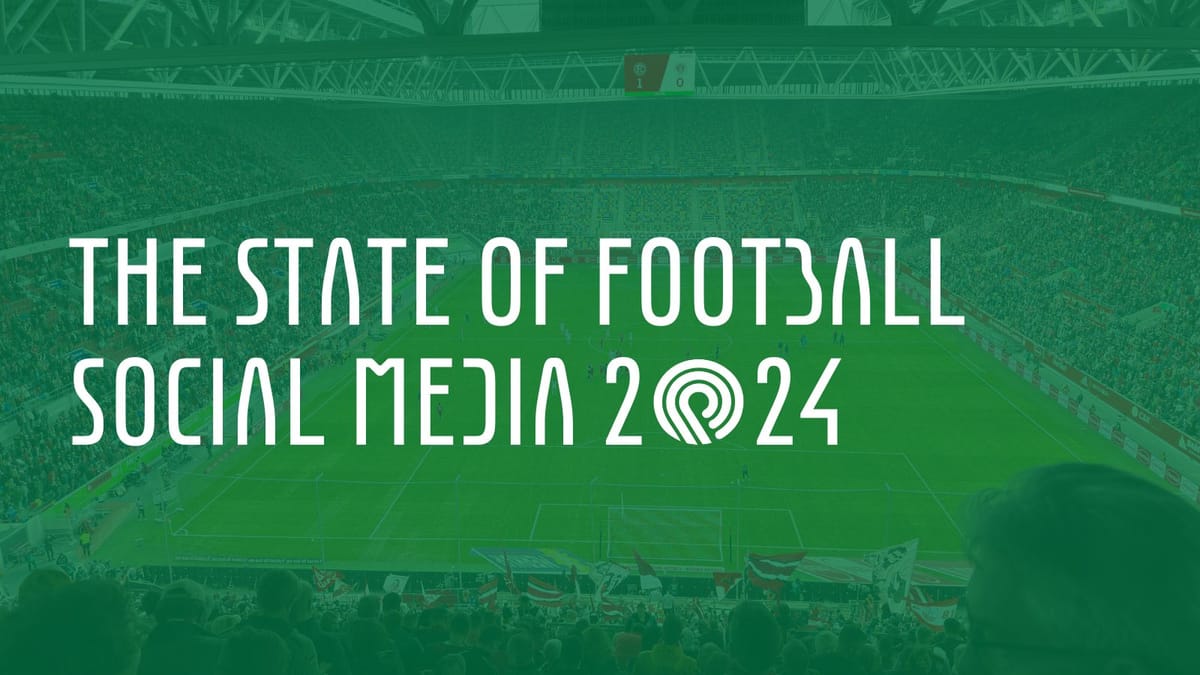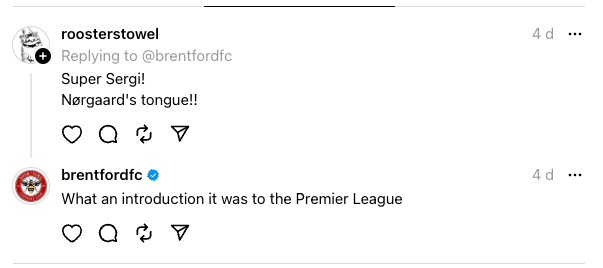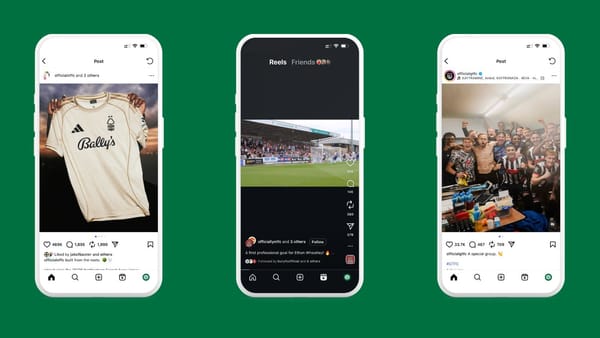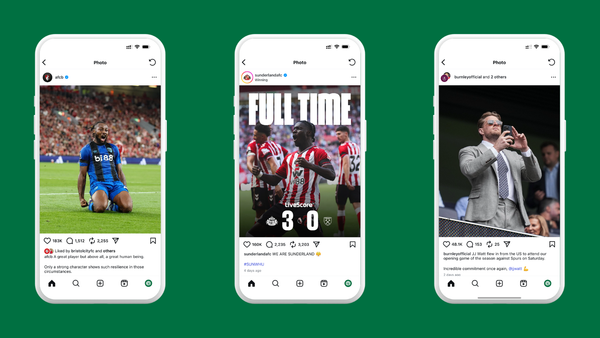The State of Football Social Media, creating fans, and a walk down memory lane
This year's survey is live! I've also taken a look at academic research which shows why people become sports fans, and had a slightly self-indulgent walk down memory lane.

If you've been following the site - whether that's as a subscriber or via social media - for the past few years, you may have come across the State of Football Social Media. It's a survey I've ran for each of the last three years which aims to gather the thoughts of social media managers in the industry.
From what I know, it's the only one of its type in the world. In true competitive spirit that makes it the biggest by default.
I published results in 2021, 2022, and 2023. There were some versions done pre-2021 however the embedded charts don't load any more.
Collating these responses and publishing the results is probably the most satisfying part of what I do. And by coincidence: this year's survey is open for submissions!
If you work in football social media I'd really value you spending a few minutes completing it. I'm looking for responses from people who manage social accounts for:
- Domestic teams
- International teams
- Football leagues
- Football associations
- Governing bodies
- Or agency staff who look after any of the above
You can complete the survey using the link below. Then please come back to keep reading this week's newsletter.
Welcome back!
On with the show.
The loving kind
Have you ever wondered what drives people to become fans of a club or team? According to research, there are eight common motivations:
- Family connection - to have something in common with family members.
- Group affiliation - to feel part of a group with common interests.
- Entertainment - because it's enjoyable.
- Escapism - to escape the daily stresses of life.
- Eustress - to generate a positive form of physical stress (increase in adrenaline, for example, which can be exciting).
- Self-esteem - your favourite team or athlete's success makes you feel better.
- Aesthetics - to appreciate the skills of the people involved, or the risk.
- Economics - to make money from betting, although some researchers have found evidence people motivated by money aren't fans in the usual sense of the word.
If you ignore the money they could make, we have three human needs: validation, pleasure, and arousal. In short, sport makes us feel better about ourselves, helps us enjoy ourselves, and stimulates us.
But how do you go about helping people satisfy these needs?
Social media engagement is one way you can do it. There are two types of engagement: passive and active. The passive stuff is people reading and watching, whereas active engagement is where fans like, share, comment, and create their own content. Engagement strengthens the relationship fans have with their teams, drives loyalty, and increases revenue.
In order to increase social media engagement, think about how you can build closer connections between your team and their fans. How can you bring them inside?
Behind the scenes content is a good way of doing this. Show us a unique viewpoint or access we can't get anywhere else. I really like Tottenham Hotspur showing the players arriving for games. They do this regularly across social media (they're not the only ones).
Another way is by simply replying to peoples' comments. It doesn't happen enough across social media, although I've noticed some clubs are more responsive on Threads than they are anywhere else at the moment.

Taking a few seconds to send short responses is a good idea. It shows you engaging in two-way conversation, and getting a response to a comment hits that validation goal.
Also, telling your fans' stories. This demonstrates a club that cares about its supporters, and is taking action away from the pitch to prove it. Liverpool have been using partnerships to do this kind of thing, which increases reach and helps spread the story.
Finally, try and show different sides to players. People relate more to other people than they do to clubs or brands.
Leicester City's podcast does a good job of getting players involved and showing you a different, more natural side to them. It's also good for players themselves as it helps them improve their personal brands.
Quick updates
Here are some social updates you might have missed.
- X may be bringing back headlines in shared links.
- TikTok is beginning to prioritise clips longer than one minute. Over the past six months, creators who post videos longer than a minute have five times the growth rate in followers of those who post only short videos.
- Arsenal and Chelsea are among the first clubs to be using Bluesky. Arsenal are dormant, whereas Chelsea have been publishing fairly regularly for a week or so. Chelsea's content is what you'd see elsewhere.
- There was an in-person event at Meta HQ last week to show teams how to make the most of Threads. A few clubs have suddenly become active again - such as Everton and Tottenham Hotspur. One Football League club told me they'd decided to give it another go after reading last week's newsletter. Timely!
Whole lotta history
This week The Online Rule turned 10 years old. Thanks to everyone who's contributed over the years. I really enjoy putting these things together, and I hope the posts and articles have been of some use to you over the years.
I wrote a short retrospective on X, with a look back at the first Twitter post and article on the site (as well as background about where it came from).
I don't think I've ever stuck a picture of myself in an email before, so here's a first for you. I even managed to get the badge in.

Here's to the next 10!






